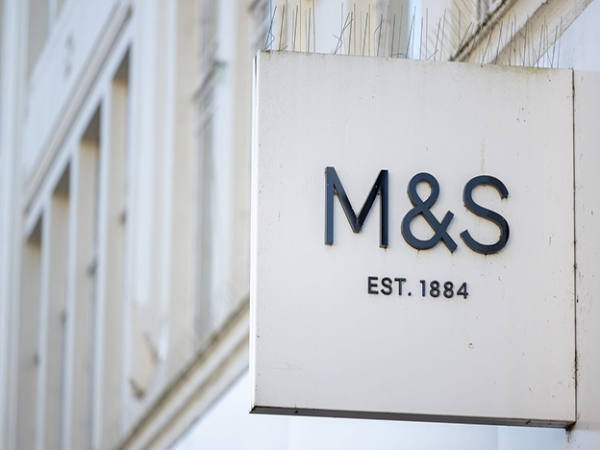What is the difference between profits and cash flow and what matters more? How do I check a company’s financial stability? How do I read a balance sheet?
Seasoned investment analyst, Phil Oakley has the answers to all these questions and many more. His insights (in the links below) can show you how to get the most out of company annual reports to help make you a better investor.
Attempting to read a company annual report can be a bit overwhelming. But Phil believes that this document is the single best piece of information that an investor in a business can get their hands on. “It has always surprised me how underused they are’” he says.
“When you start looking at a company, I always think it’s a good idea to look at the numbers in the financial statements first and build up your own picture of it. This encourages independent and critical thinking, which is so important to investing and stops you from being influenced by what the management has to say. You should read that later, and see whether the view you have built up by looking at the numbers matches with theirs. Sometimes it will not.”
The following articles can ensure you make the most of this document by helping you understand the detail of the three main financial statements.
The Income Statement
How to read an income statement
In this award winning article, Phil uses the annual income statement from pub and brewery company Marston’s to explain the income statement, otherwise known as the profit-and-loss account.
The Balance Sheet
In the second instalment of his Marston’s series, Phil explains how to read the company’s balance sheet.
How a company’s balance sheet can mislead investors
Two of the most important figures in a company’s financial statements are its cash and debt balances. Yet sometimes, the figures on a balance sheet can mislead us. This article can help you understand these figures.
The Cash Flow Statement
How to read a cash flow statement
In part 3 of his series on Marston’s, Phil takes a dive into the cash flow statement – the best place to look if you want to get a better feel of what’s going on with a company’s financial performance.
Filling in the gaps
Company annual reports are text heavy. This is management’s opportunity to ‘sell’ their company to investors. Picking out the key messages is a key skill to becoming a great investor. This article can help you read between the lines and scrutinise a company report.
Glossary
Income statement | A summary of the revenues and expenses of a company in a given period |
Revenue | A company's sales - literally how much money it collects from its customers |
Gross profit | A company's profits after the cost of sales (how much it costs to produce the products) has been subtracted from revenue |
Operating Profit | A company's profits after all the day-to-day costs of running the business (operating costs) have been subtracted from revenue |
Operating margin | A measure of profitability which compares operating profit with revenue |
EBITDA | Earnings before interest, tax, depreciation and amortisation. A measure of profits after stripping out key finance costs |
Pre-tax profit | A company's profit after all costs, excluding tax have been subtracted from revenue |
Net profit | A companies profit after all costs have been subtracted from revenue |
Earnings per share | The value of the company's profits per share, calculated by dividing the net profits by the number of shares in issue |
Balance sheet | A statement of the assets, liabilities and capital of a company |
Non-current assets | Company assets that can’t be liquidated (and their value released) in a short space of time |
Property plant and equipment | Physical property that is expected to generate long-term economic benefit, including land, buildings, factories and machinery |
Intangible assets | Value of a business which can’t be identified by anything physical |
Goodwill | If nothing else existed, how much is the brand worth |
Long term investments | Anything that the company has invested in for the long term, such as joint ventures and bonds |
Current assets | Company assets that can be liquidated (and their value released) in a short space of time |
Cash and cash equivalents | Anything that can be immediately turned into cash |
Net receivables | Anything that has been sold, but the company hasn’t yet received the money |
Inventory | Stock. Keeping inventory low is a good sign of financial health of a company – you don’t want to keep much more product than you know you’re going to be able to sell |
Net payables | Things that have bought but not yet paid for |
Short term debt | Debt that is due to be paid back within a year |
Long term debt | Debt that is not due to be paid back within a year |
Shareholders equity | Assets versus liabilities and how much is left over at the end of the day |
Net debt | The total value of all the short and long term debt minus net cash |
Cash flow statement | Total cash flowing through a company in a given period |
Free cash flow | Surplus cash generated by a firm's operations after tax, interest and capital expenditure |
Operating cash flow | Cash generated from the operations of a company, excluding capital expenditure |
Shareholder returns | Cash returned to shareholder by means of dividends, share buybacks or other schemes |
Dividend | A cash payment returned to shareholders |
Share buyback | When a company purchases its own shares in the market and then cancels them, reducing the overall share count |













